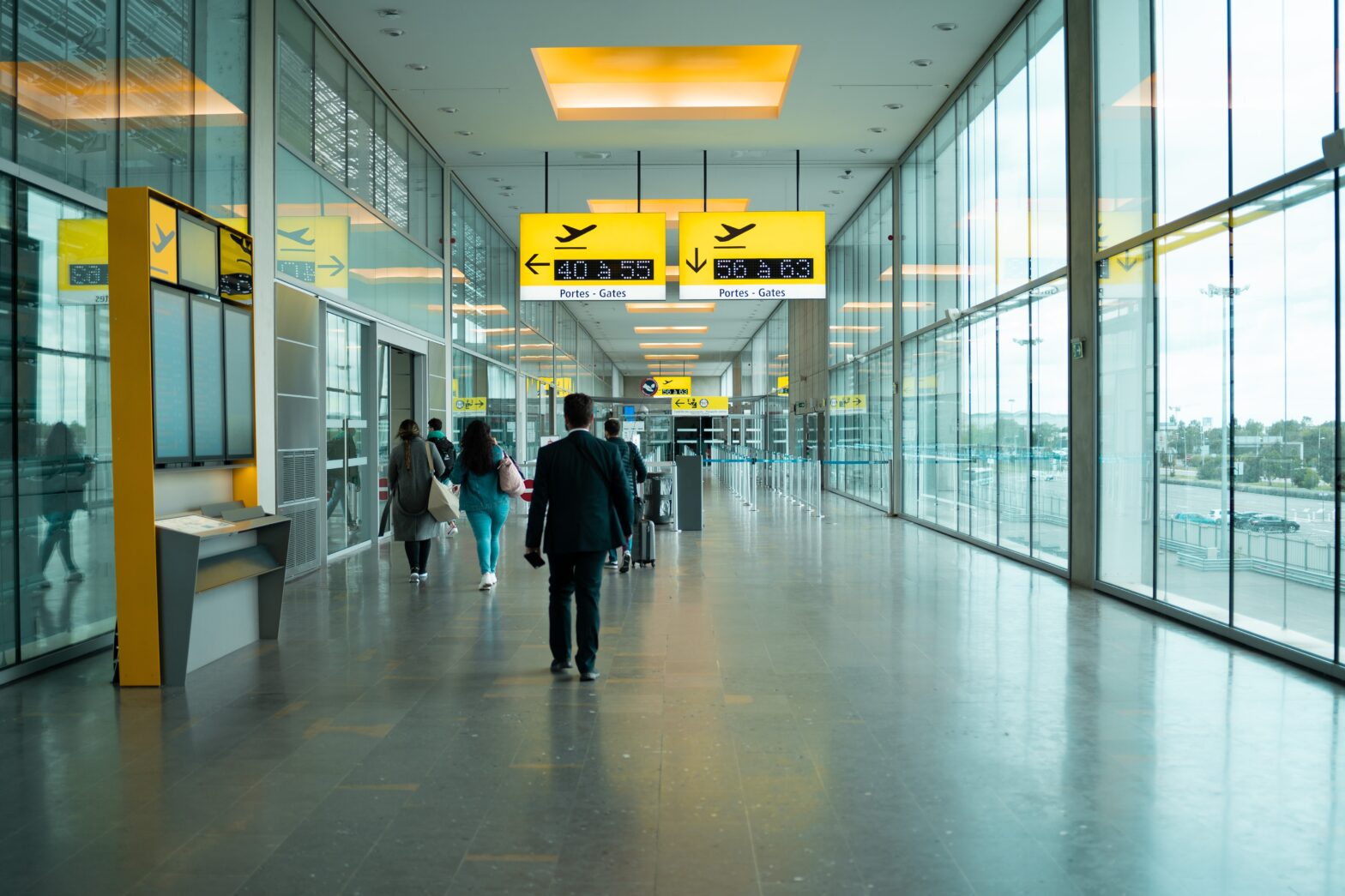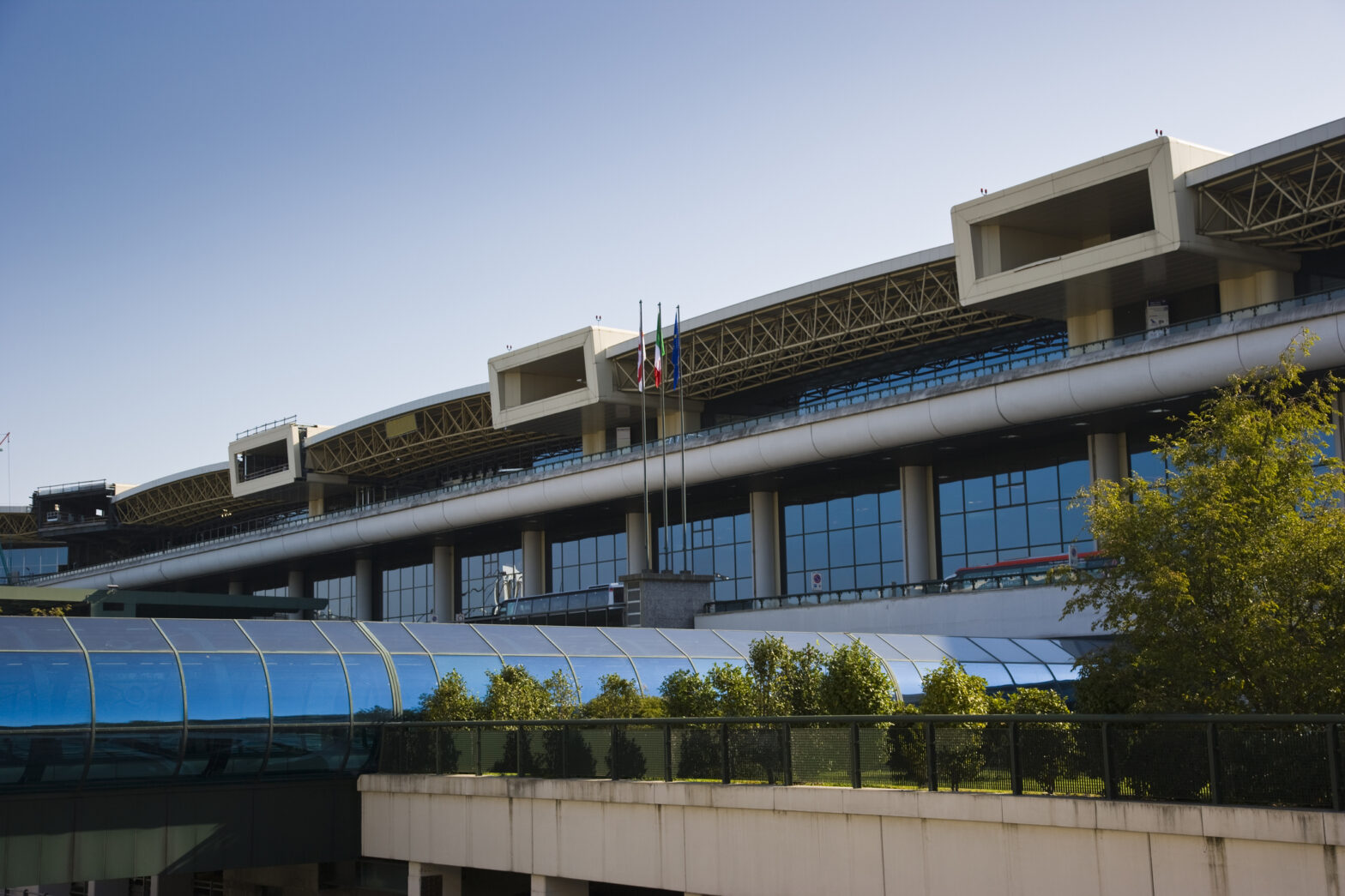Flying can be a pain if you’re barely making your flight because of rage-inducing long security lines. Airport security has been a thing for decades, but post 9-11 enhanced screenings and even more people taking to the skies means that any number of issues might cause you to miss your flight. Yes, you can get to the airport the recommended two to three hours ahead of your flight as a solution.
But for some people, this isn’t a fix. Instead, they’re pulled aside for extra screening. They might also have trouble even buying a ticket. Some people may be traveling with pets, which is an extra thing to deal with. And if they travel abroad, when they come back home they also endure extra screening through immigration. If traveling is becoming a nightmare because of any of the above, you should consider getting a redress number.
What is a Redress Number?
So, what exactly is a redress number and what purpose does it serve? Officially, it’s the redress control number and is issued by the Transportation Security Administration (TSA) under the Department of Homeland Security (DHS). This is a unique seven-digit number that is part of the Secure Flight program. The program basically prescreens passengers before they ever arrive at the airport, and ranks them from low to high security risks. Their names are checked against no-fly or watchlists, as well as trusted traveler lists. Yes, redress numbers, similar to the known traveler number (KTN) used for TSA Precheck and Global Entry, are another way to pre-verify that you are who you say you are. Still, the redress number is not the same as a KTN.
Who Should Use a Redress Number?
Applying for a redress number isn’t as common as applying for a KTN with TSA PreCheck or Global Entry. However, it’s a very handy tool if you’re frequently pulled for extra screening, or have a name that puts you on the watchlist. For example, you might have a name that’s identical to someone who is a high-risk individual. Because of this, every time you travel you get flagged for extra security screenings — slowing you down in the airport.
By having a redress number and adding it to your passenger details when you book your flight, it identifies to the TSA staff that you’re already cleared by DHS and therefore shouldn’t be on the watchlist. This means when you get to the airport, you’re less likely to get pulled aside for more screenings, prevented from printing your ticket at check-in, or denied boarding at the gate.
How is a Redress Number Different from A Known Traveler Number?
As mentioned previously, redress numbers and KTNs are not the same. A KTN is exclusive to the Trusted Traveler Program which is also managed by DHS. This covers not only TSA PreCheck but also NEXUS, SENTRI and Global Entry. However, it’s called the CBP PASSID for NEXUS, SENTRI, and Global Entry. The KTN/PASSID gives airline passengers TSA PreCheck lane access in domestic airports.
Meanwhile, the PASSID allows Global Entry, NEXUS, and SENTRI members to use priority lanes whenever they’re at a port of entry after returning from international travel. Global Entry is also recognized in some select international airports, meaning that members can use expedited entry immigration lanes. By contrast, a redress number simply helps you avoid unnecessary additional screenings because your name is accidentally on a watchlist. Redress numbers correct misidentification to prevent further security issues, while a known traveler number serves as a paid perk.
Do You Need a Redress Number to Travel?
The quick answer is, no you don’t. A redress number isn’t a requirement for air travel or even entering or exiting the United States. However, if you’re regularly getting pulled aside for additional screening, you should consider applying for a redress number. Having a redress number is a convenient option that will save you time, especially if you travel or plan on traveling frequently.
How Do You Apply for a Redress Number?
You can apply for a redress number on the DHS website. Visit trips.dhs.gov and start by answering the questionnaire to determine if a redress number is right for you. Similar to what’s stated above, the program is designed to help people who are denied boarding or were told by a ticket agent that they’re forbidden from air travel by the U.S. government, are repeatedly required to undergo secondary screening, aren’t allowed to print boarding passes from check-in kiosks, or are foreigners with errors in their documentation when exiting the US.
How Do You Use a Redress Number?
While a redress number is different from a KTN, you’ll use it in the same way. This means that when you book your travel, or before you check in for your flight, you’ll add your redress number to your airline traveler profile. When booking a flight, you’ll see a field dedicated to the redress number when entering your passenger information. This is where you’ll add those details. Meanwhile, if you have a travel profile with an airline, you can always update the details and include your redress number in the appropriate field.
Prepping For Less Stressful Travel
To recap, if you’re someone that’s constantly getting pulled to the side for extra screening, frequently told that your name is on a watchlist, or were denied entry onto the plane — you’re the ideal candidate for a redress number. Ultimately, the goal of a redress number is to make travel easier and smoother for those who have dealt with screening difficulties in the past. While it won’t give you any additional perks like speeding through the priority screening lanes or not having to take your shoes off and take your laptop out of your bag, it’ll cut down on headaches so you can travel frustration-free. This seven-digit code makes for a less stressful time when traveling.





